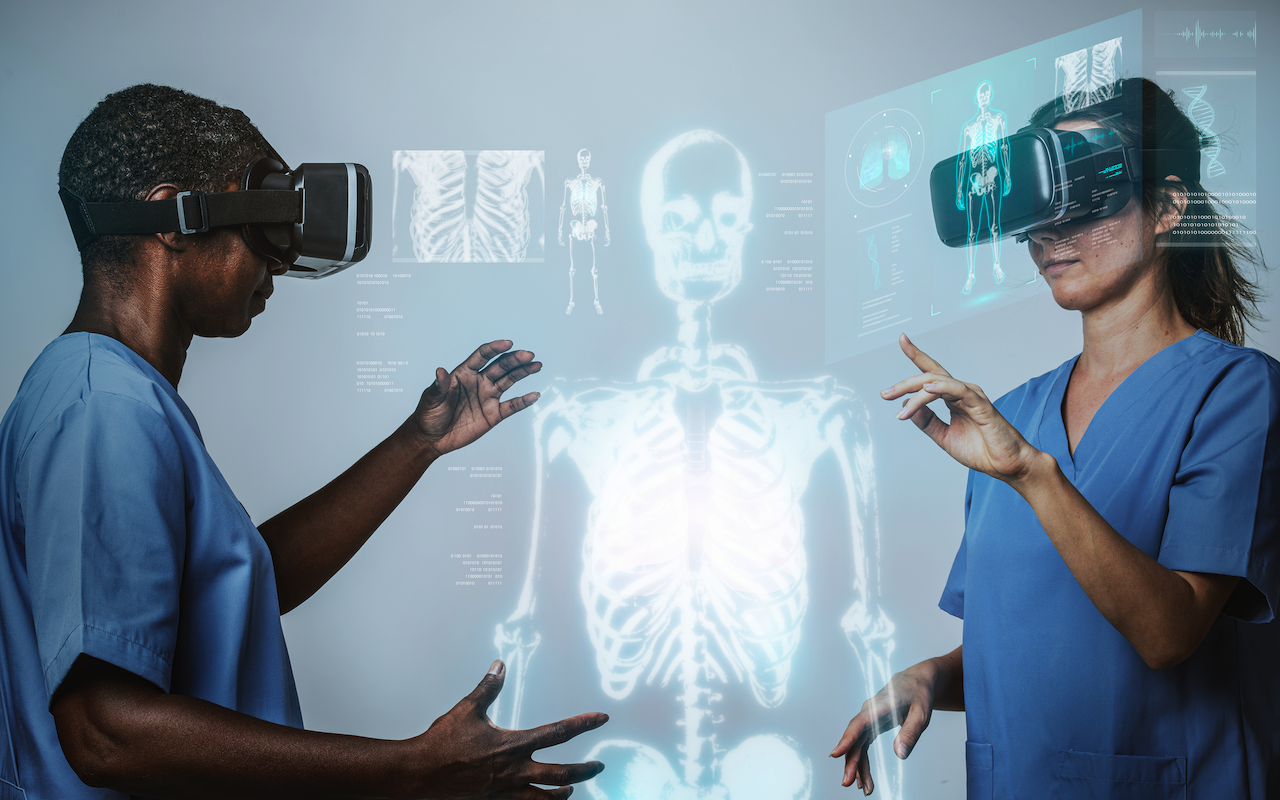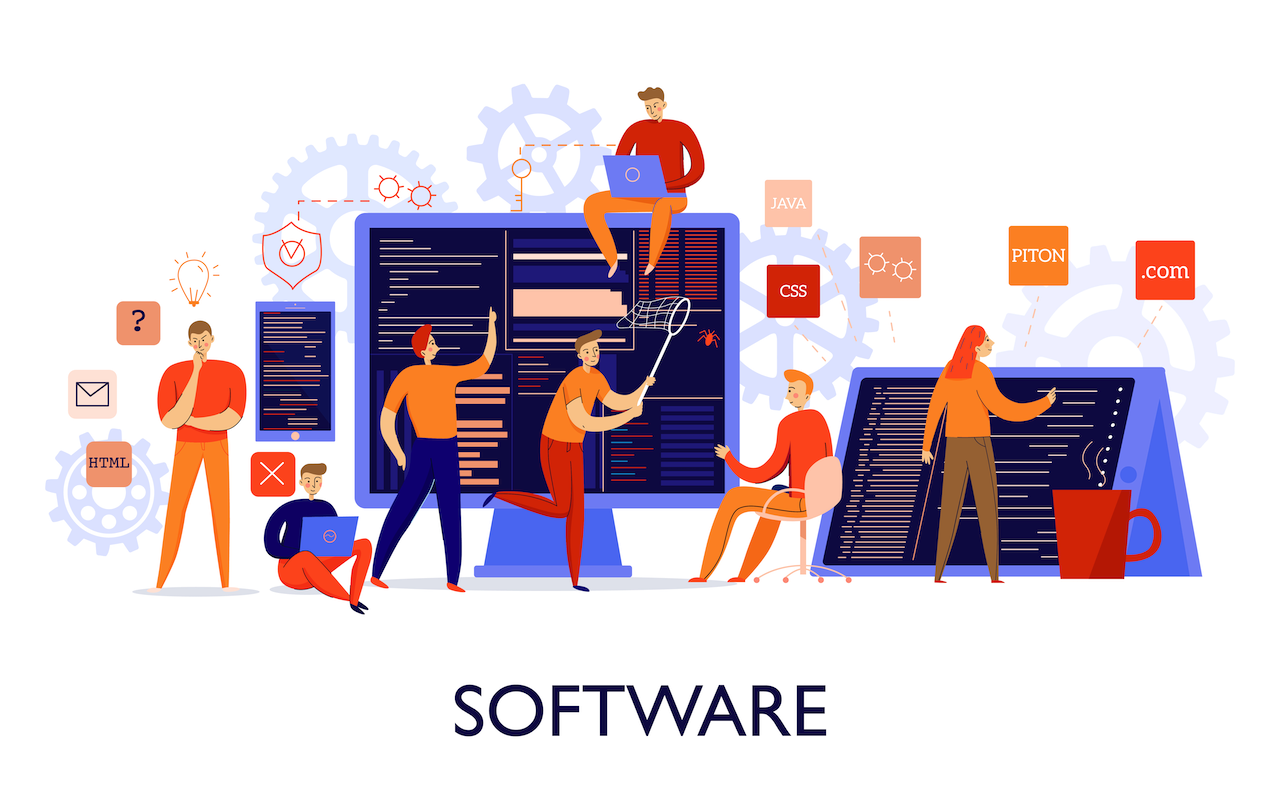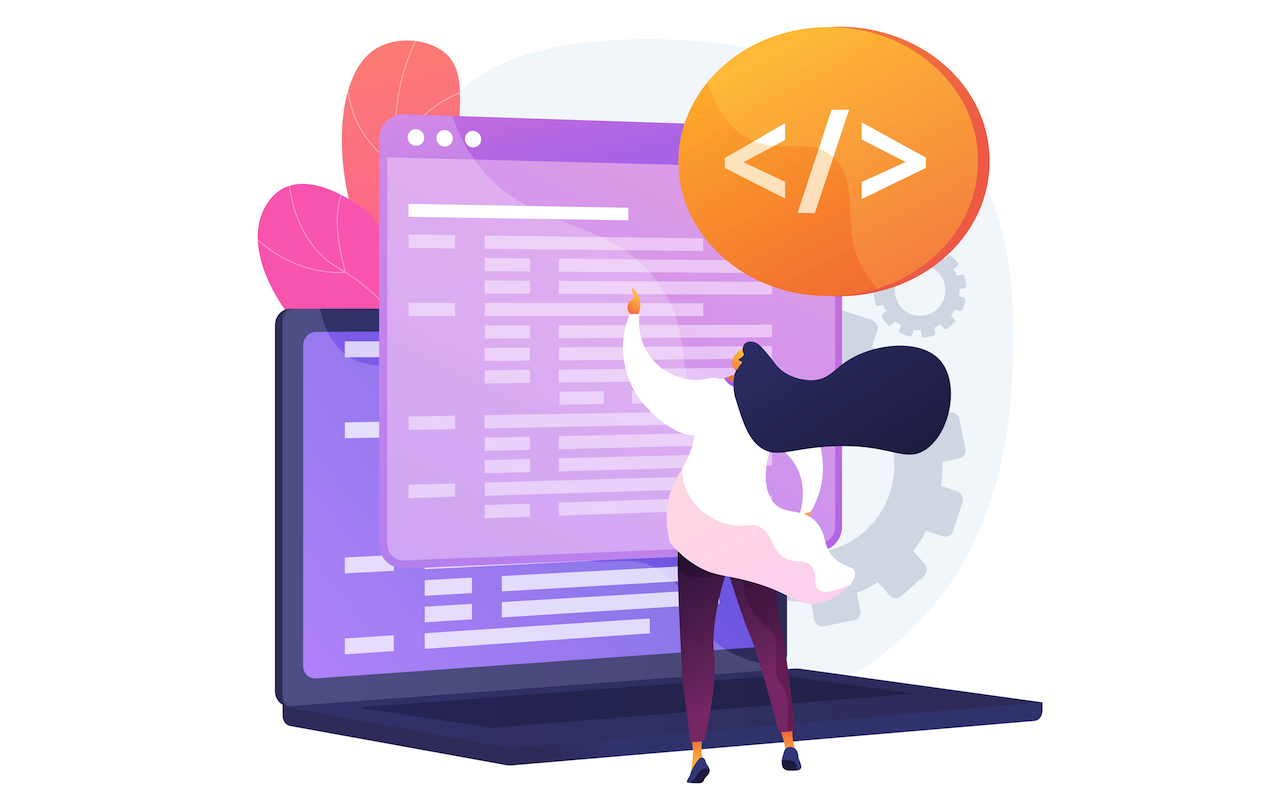
The continually expanding demand for digital healthcare services and the lack of innovative solutions are a constant dilemma for physicians to enhance patient treatment. It has been estimated that 4.5 billion people worldwide are meeting dead ends in attempting to find adequate medical attention. According to recent studies, groundbreaking technological advancements are being introduced, aiding healthcare professionals in improving patient-centric solutions.
The healthcare system has been plagued with outdated and legacy software. Therefore, healthcare entities are looking for next-gen technologies to reduce technical debt. However, the advent of Artificial Intelligence (AI) and Virtual Reality (VR) has opened doors to cure-oriented treatment. They are converging, and a new framework is in place. It is the era that understands technology not as auxiliary, but as part of healthcare.
One of the areas where AI in Healthcare and interactive VR-based solutions have converged is in the development of smart, intuitive medical support platforms. Clinical study solutions like BenevolentAI, ReviveMed, and Medidata are establishing a trailblazing path for healthcare professionals. They are helping to speed up traditional diagnosis, patient care, and operations.
From doctor simulator training to AI-driven diagnosis platforms embedded in VR worlds, this convergence is accelerating the pace of what is currently possible in medicine. Here's how these two giants, AI and VR, are merging to deliver next-gen healthcare software solutions.
The Intersection of AI in Healthcare with Virtual Reality
To understand what's happening, consider what each technology can offer:
- Artificial intelligence brings intelligence to data, pattern recognition, forecast analysis, natural language interpretation, and machine learning processes that can discover, recommend, and even learn from user actions.
- VR brings immersion, ability to produce authentic 3D environments for training, visualization, or real-time navigation in surgery.
For example, a surgeon wearing VR glasses being instructed in real time by an AI application running on the patient's vital signs, MRI, and genetic background is able to perform precise yet cautious operations. That is not science fiction; it is already taking place.
So, let’s see how the intersection of AI and VR is paving new possibilities in healthcare solutions:
1. Smart Simulations for Medical Training
Medical school is likely where VR first set its first foot. Add AI in Healthcare to the mix, and you have an immersive learning platform where simulations adapt dynamically based on the student's performance.
Instead of static case studies, AI-sensitive VR simulators introduce students to diverse clinical cases based on their weaknesses and strengths. For example, if the learner postpones practicing emergency, AI identifies and adapts subsequent practice simulations and provides specific feedback following the drill.
This kind of adaptive, personalized learning atmosphere is impossible in the classroom or in learning books. It's one of the most outstanding examples of how healthcare solutions are departing from stagnant interfaces to adaptive, immersive platforms.
2. AI/VR in Diagnosis and Patient Engagement
The diagnostic assessment is based on several hundred pieces of data, such as lab values, history, imaging tests, etc. Although the AI itself can correctly interpret this data, adding a VR interface changes the way in which data is evaluated by healthcare providers as well as accessed by patients.
Imagine the doctor explaining a patient's complex cardiac condition, not through formal charts, but by placing them within an up-to-date VR real-time model of their heart. The model is continuously updated from CT scans interpreted by AI. Patients don't just listen to the diagnosis; they see and experience it, with greater comprehension and engagement.
Apart from being discovery aids, AI-enhanced VR worlds can also be therapeutic tools. Cognitive behavior therapy (CBT), for instance, is even more effective when augmented by VR simulations utilized in exposure therapy. AI applications track patient responses and adjust the level of challenge or virtual site setting based on such responses. The result? Enhanced mental health treatment customized in real time.
3. Surgical Precision Meets Predictive Intelligence
Its most theatrical application, though, can be in the OR (Operating Room). However, high-fidelity preoperative planning using a patient's anatomy in the form of 3D models has been enabled by the emergence of virtual reality. Add AI to the mix, and now these models include risk calculation, procedural navigation, and outcome estimation for a million such procedures.
Surgeons can practice whole procedures in VR before performing patient surgery for the first time. In real procedures, AI triggers real-time alerts when vitals fall outside of the norm or the surgical path is met with unanticipated anomalies.
And yet another area where VR and AI are meeting in unison is that of robotic surgery. Surgeons remotely operate robotic arms within a virtual environment and maneuver them, and AI perfects their motion for ultimate accuracy, minimizing human fault and maximizing recovery rates.
4. Rehabilitation Therapy in Virtual Reality Settings
Rehabilitation therapy following surgery or an accident typically means dull, monotonous physical rehabilitation. VR has flipped this on its head by making the rehabilitation process enjoyable and engaging. Now with AI involved, not only are they pleasant, but they're also smart.
The patients who are receiving VR-exercise are guided by AI systems that track joint movement, posture, and muscle activity. These systems provide real-time feedback and adjust difficulty levels, session duration, and regimes automatically in response to improvement.
It is particularly promising in stroke and neuro treatment, where motivation and compliance are critical. Having the potential to gamify the treatment, made possible through AI analysis, motivates patients to stay positive throughout clinically ideal treatment.
Data Security and Ethical Issues in Adapting VR and AI in Healthcare Systems
While AI and VR synergy is as enticing as it sounds, it also has its own set of issues, particularly with data privacy, security, and clinical validation.
This information is recorded using VR systems, and the sensitive medical data and biometrics are processed with AI. All of this must be stored securely and in compliance with HIPAA and GDPR at all times. Healthcare AI models must also be rigorously tested and should have completely transparent decision-making processes to make sure that they are unbiased and promote trust.
Companies providing VR development services, hence, have to strike that balance between regulation and innovation so that the journey towards smart systems does not sacrifice privacy or security.
The Future of Healthcare Software Solutions
With 5G connectivity, wearable biosensors, and edge computing, the combination of AI and VR will only get hotter in the future. Ambient VR environments will become standard, where AI software continuously remaps entire virtual hospitals in real time.
Picture logging into a telehealth consultation through VR and AI in order to detect the slight variations in speech that are the precursors to neurological decline. Or pain management therapy to change the virtual world to impact the perception of pain according to the biometric reactions.
These technologies are not far-fetched realities at all. They're just the next iteration of how healthcare AI keeps advancing through spatial computing and immersive technology.
Conclusion
We stand at the threshold of a radical transformation. What had initially been standalone innovations, data analytics powered by AI and simulation powered by VR, now intersect to usher in something even more potent.
With these many possibilities, every digital solutions provider is putting forth their services to enhance the healthcare experience. Having said that, it becomes pivotal to opt for the right AI and VR development services, which are scalable, reliable, secure, and performance-driven.
Featured Image by Freepik.
Share this post
Leave a comment
All comments are moderated. Spammy and bot submitted comments are deleted. Please submit the comments that are helpful to others, and we'll approve your comments. A comment that includes outbound link will only be approved if the content is relevant to the topic, and has some value to our readers.



Comments (0)
No comment